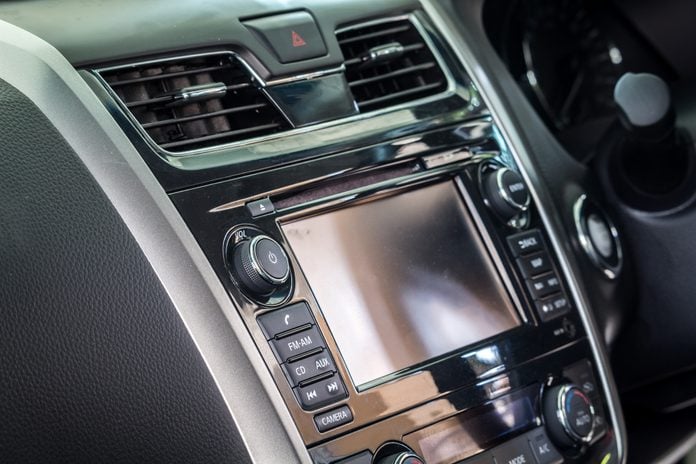
What does that button do?
Today’s cars are chock-full of hidden features and technologies that might be confounding to one coming from an older vehicle. These features have been designed to make the chore of driving more convenient and safer—if you know what to look for. See below for things to look for, whether you have a new car or are shopping now. Getting ready to take a vacation? Find out how to plan a road trip.
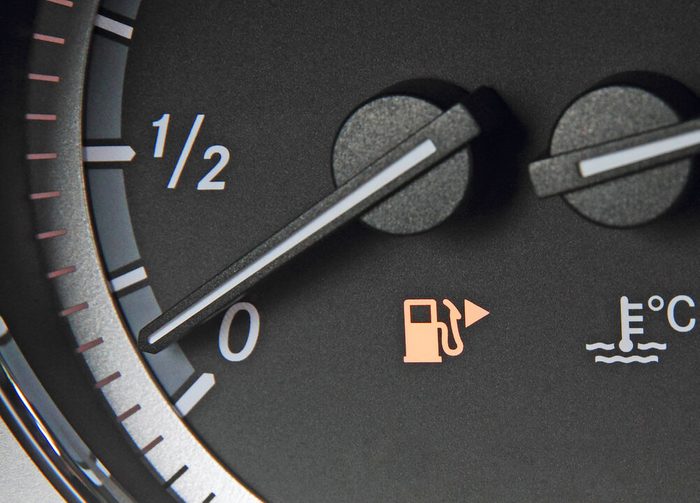
Gas tank locator arrow
If you’ve been driving the same car for years, chances are good that you know which side of that car has the fuel filler cap. But step into a new car, and it could be a confusing situation. Thankfully, most new cars will have an indicator telling you exactly which side of the fuel pump you need to pull up to. It’s right there on the fuel level gauge—a small triangular arrow pointing you in the right direction. Find out how to save gas and spend less money.
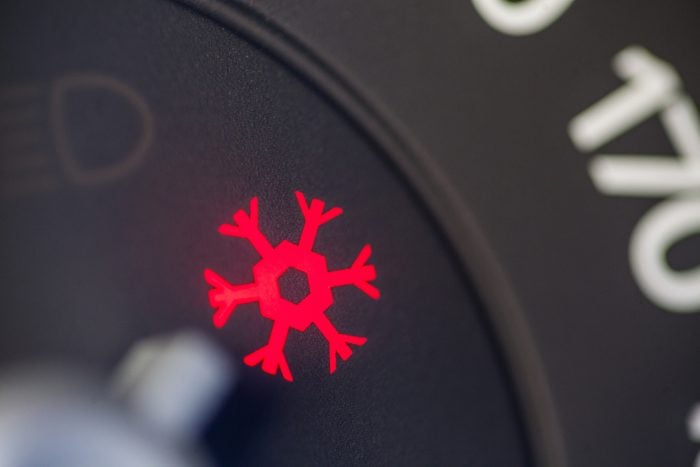
Road condition indicator
Nearly every new car has a temperature sensor that will indicate the exterior ambient temperature—it’s great fun in winter as you drive south and watch the outside temperature climb, letting you know that you can shed your winter coat at the next fuel stop. These temperature sensors will also, in many cases, activate a road temperature warning as the temperatures drop. Often indicated by a snowflake light on the dashboard, some systems will even give a brief audible warning or show a message letting you know that the roads might be icy. Most such systems will give this reminder as temperatures go below 38°F or 40°F, as bridges and overpasses will typically freeze before the rest of the road.
Check out the most popular car the year you were born.
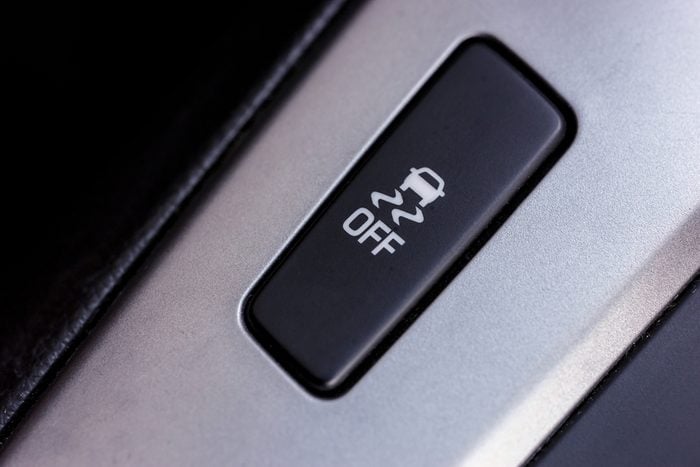
Stability control
Losing control of your vehicle when driving is one of the scariest moments you can have behind the wheel. Fortunately, all new cars sold in America since the 2012 model year have been fitted with electronic stability control, a system that constantly monitors all four wheels. If a car is beginning to slide out of control, typically the wheels on one end of the car will be spinning faster than the others (since they’ve lost traction). Electronic stability control will apply the brakes to one side of the car—or even one corner—to help correct the slide.
You can temporarily deactivate stability control on some vehicles—look for a button marked “ESC” or labeled with a pictogram of a sliding car—if necessary to help get a car out of slippery mud or snow. Deactivating ESC is also helpful if you’re towing a boat out of the water on a slippery boat ramp. But normally, it’s best to let the electronic stability control keep you and your family safe. If you find yourself in a skid or another scary driving situation, these driving tips will help you handle it.
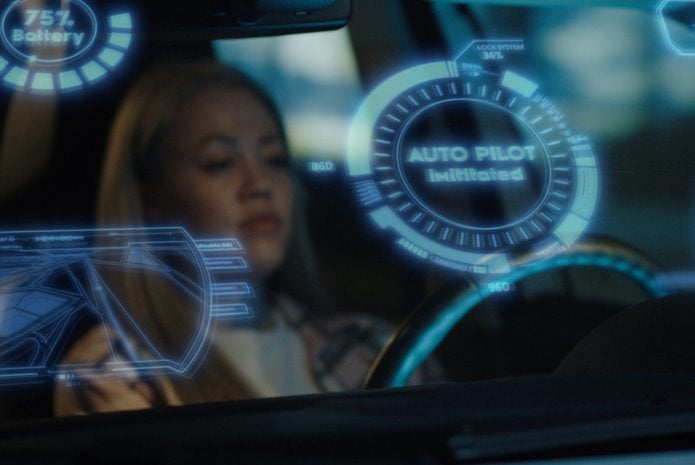
Heads-up display
We’ve all seen drivers fiddling with their phones while driving, so it’s no surprise that distracted driving is a top contributor to accidents. You can’t take your eyes off the road for a minute, especially with drivers like that terrorizing our roads. That’s why many newer cars are being offered with a heads-up (sometimes called head-up) display. This feature, originally found on fighter jets, displays critical driving information right in front of the driver by projecting it as if it’s floating in front of you on the road. Typically featured on this heads-up display will be critical info like driving speed and navigation, while some cars will also show the speed limit of the road you’re on or even the current song that’s playing. Keep your eyes on the road, and keep your speed down—here are some secrets on how to avoid a speeding ticket.
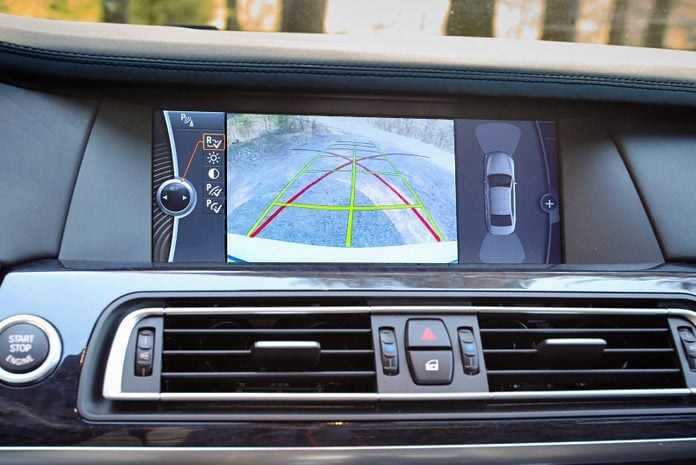
Advanced driver assistance systems
With everything going on in a modern car, it’s no wonder we need a little bit of help. A number of new features, known as Advanced Driver Assistance Systems (ADAS for short), will use a variety of tools to help make driving safer and more relaxing. Some of these features will use radar and laser systems to actually scan the road ahead and behind, warning of hazards.
One of these is known as forward collision warning, which will look ahead for cars that are rapidly slowing. If the car doesn’t sense you moving your foot to the brake pedal, it will flash a warning on the dashboard. Some cars will take it a step further, and actively apply the brakes for you to help avoid a collision. A number of these best cars for a road trip have this feature.
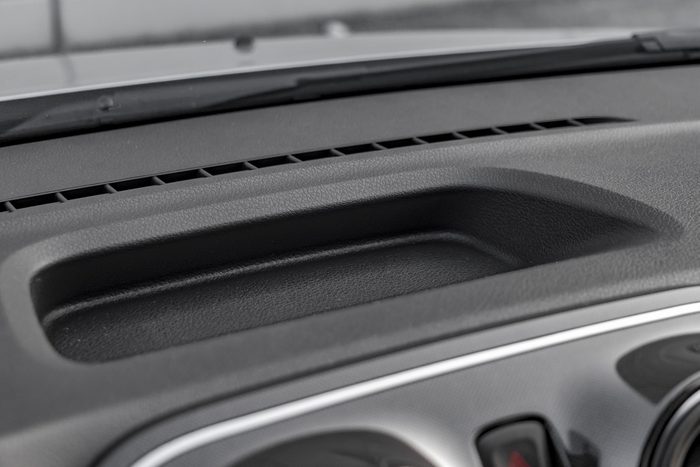
Storage
We’ve established that in order to drive safely, you need to put that phone away. Most new cars will have dedicated slots or cubby holes, lined with a rubbery non-slip surface, perfectly sized to hold your phone in place while you concentrate on the road ahead.
Some cars even have great hidden storage. The 2021 Chrysler Pacifica, for example, has a feature called Stow ‘n’ Go seating that allows you to fold the second row of seats down into the floor if you need to haul large items. But those bins where the seats fold, when the seats are upright and being used, are great covered storage bins to keep things out of sight. One downside—and you’ll want to take our word for it—check these bins occasionally and clear them out. They’re magnets for loose french fries, or as we found out about a week after a beach vacation, wet swimsuits that start to smell awful. These are the clean car essentials you’ll want to keep on hand.
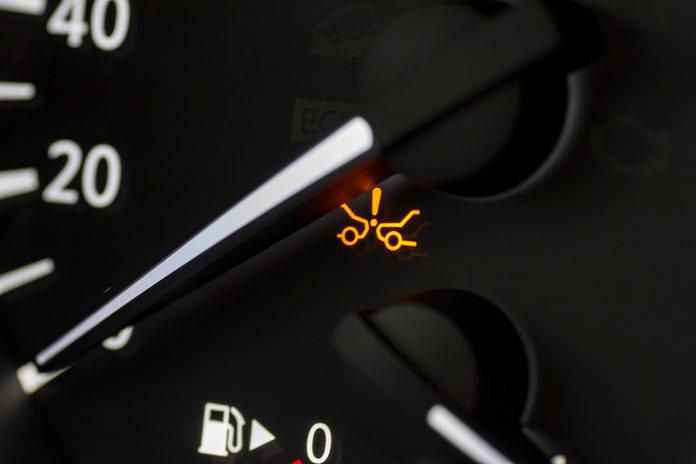
Blind-spot monitoring
Changing lanes on a busy interstate can be nerve-wracking. No matter how well you adjust your mirrors to eliminate any blind spot, there’s always the possibility that some other driver may decide to enter the lane you were planning on merging into. Blind-spot monitoring systems can help this situation. These systems use radar and other sensors to determine if there is an obstacle to the left or right, immediately behind your vehicle, and flashing a warning light to alert you. Most of these systems, if such an obstacle is in these areas, will sound an audible warning should you turn on your turn signal—alerting you that a lane change is inadvisable.
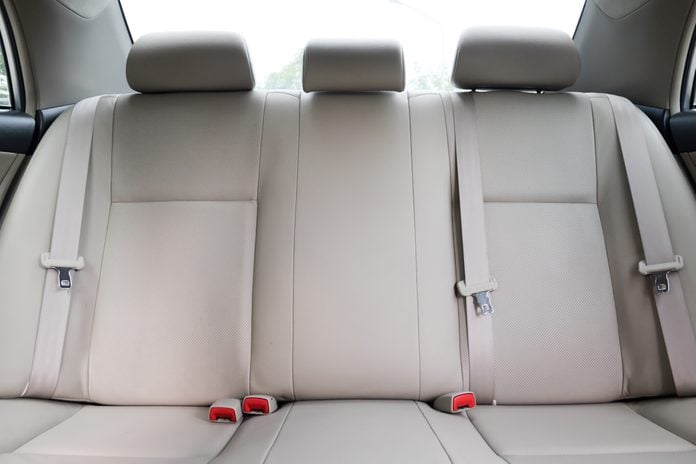
Back-seat reminders
We’ve all heard the horrific stories of parents accidentally leaving their babies in the back seat of their car for hours on end. Automakers have caught on to this, and have developed systems aimed at eliminating these tragedies. If the car detects that a rear door had been opened either right before or right after starting the car, these systems will sound a chime and/or flash an alert on the dashboard once if the car stops and the driver puts the vehicle in park and turns off the engine.
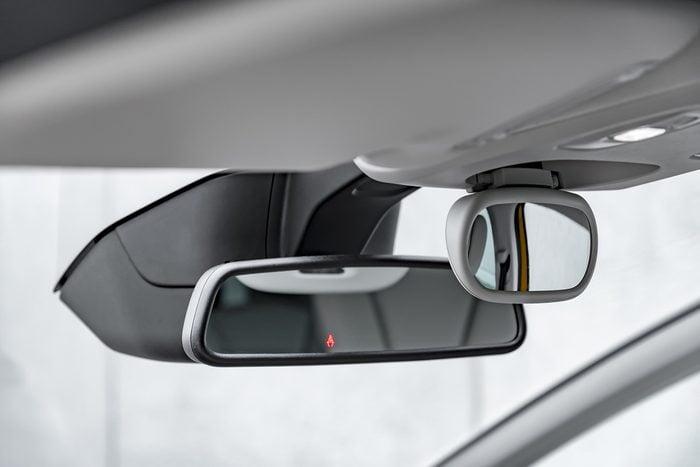
Conversation mirror
Many minivans and crossover vehicles, built with families in mind, will offer a small convex mirror very near the interior rear-view mirror. This secondary mirror allows the driver or front-seat passenger to get a better view of rear seat occupants—a nice feature to monitor small children without the driver needing to see what’s going on with the kids.
Honda’s Odyssey minivan offers a new optional upgrade to the conversation mirror: the CabinWatch system uses cameras in the rear seat area to display, at the touch of a button, exactly what’s going on in the rear seat.
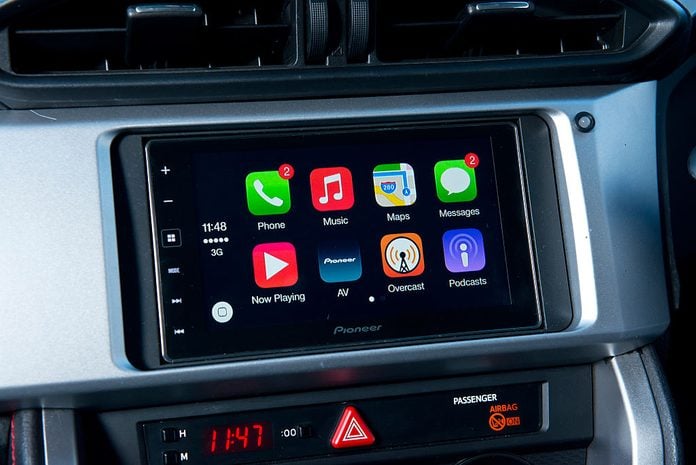
Smartphone integration
It seems we use our phones for nearly everything these days. From the usual communication methods of speaking or texting to playing music or podcasts, to navigation. But using our phones while driving is incredibly dangerous, not to mention illegal in most places. Fortunately, the two most common smartphone systems—Apple and Android — both have developed applications to integrate our phones with our cars. Known as Apple CarPlay and Android Auto, respectively, the apps allow you to connect your device and use certain features in a driving-friendly manner. No games or movies, of course—but both apps will let you use the navigation apps baked into your phone on the larger screen of your dashboard, as well as your favorite streaming music services, and many others.

Drowsiness detector
The National Highway Traffic Safety Administration and the U.S. Centers for Disease Control estimate that up to 6,000 fatal crashes every year might be caused by drowsy drivers. So far automotive engineers have failed to give us either the in-dash coffee brewers or in-car cold shower we might need to keep driving well past the limits of our natural attention levels. Those engineers have, however, developed various driver drowsiness detection systems that will alert the driver if the system believes they’re driving while too tired. Most of these systems will monitor the steering input and compare your steering motions to how often various lane-keeping systems have to intervene in keeping you on the straight and narrow. If the car determines that you might be exhausted, chimes may sound and alerts will display on the dashboard to suggest taking a break from the road. Appropriately, many of these systems will display a coffee cup pictogram on the dash.
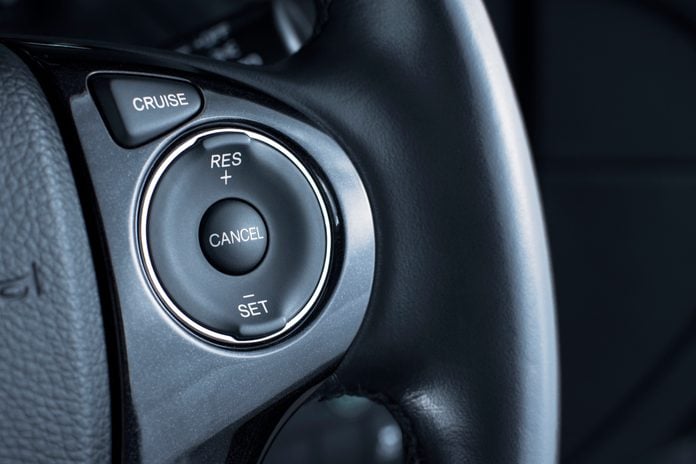
Adaptive cruise control
Traditional cruise control was great for driving on an open highway because you could set a speed and let your right foot relax for a while. When you encounter another car on the road, however, invariably they’re going just a hair slower causing you to cancel the cruise control, adjust your speed to match or accelerate to pass.
Modern adaptive cruise control takes advantage of the myriad sensors on many new cars, scanning the road ahead to adapt your car’s speed to that of the car ahead. With a control on the steering wheel, you select a target speed, and the car will maintain it—or slow down to stay a safe distance from the car in front. Many such systems will work well even in stop-and-go traffic, slowing you down to a complete stop if the traffic ahead warrants.
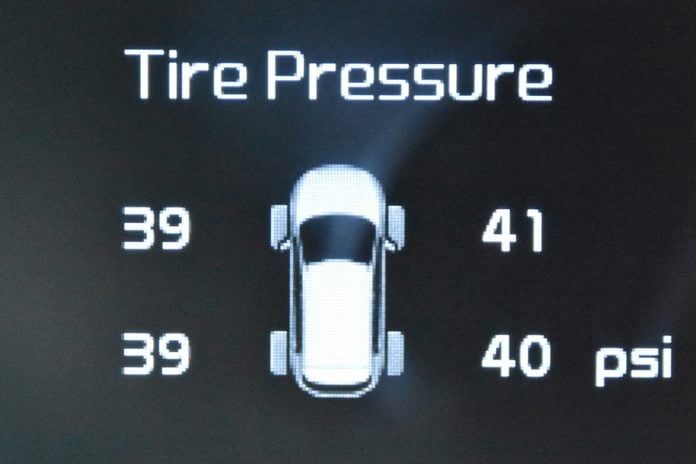
Tire pressure monitoring systems
After a spate of highly-publicized crashes that were traced back to underinflated tires, federal legislation was phased in as of 2007 requiring all passenger vehicles to be equipped with a tire pressure monitoring system (TPMS). The TPMS alerts the driver with a warning light (typically a pictogram of an exclamation point within the outline of a tire) that lets the driver know that a tire has lost pressure. Some more modern systems will actually display the actual pressure number on the dashboard, while older systems will still require you to check each tire’s pressure manually. It’s one of many car maintenance basics everyone should know.
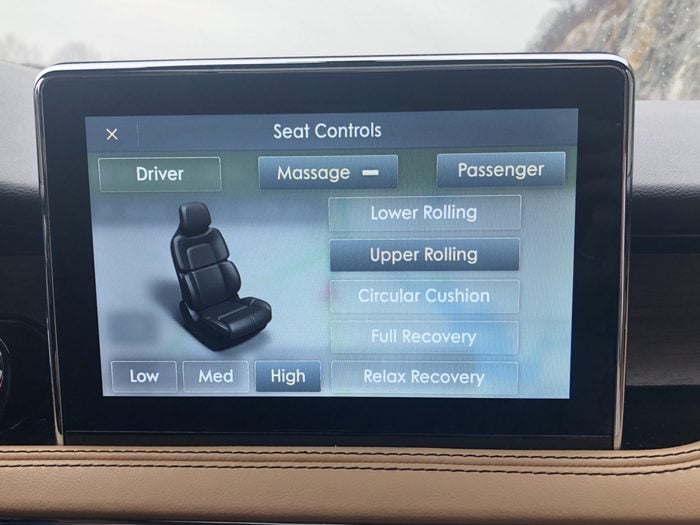
Seat massagers
A long road trip can be wearing on the driver, making a vacation more a chore than it should be. Some cars, including Lincolns, offer a built-in massage feature that will help to loosen muscles and relax tension—it could even be argued that a massage while driving improves circulation. It certainly will reduce the stress of a long drive, or even a rough day at the office after which you have to sit in miserable traffic. In the market for a new vehicle? Check out these strategies for outsmarting a car dealer.
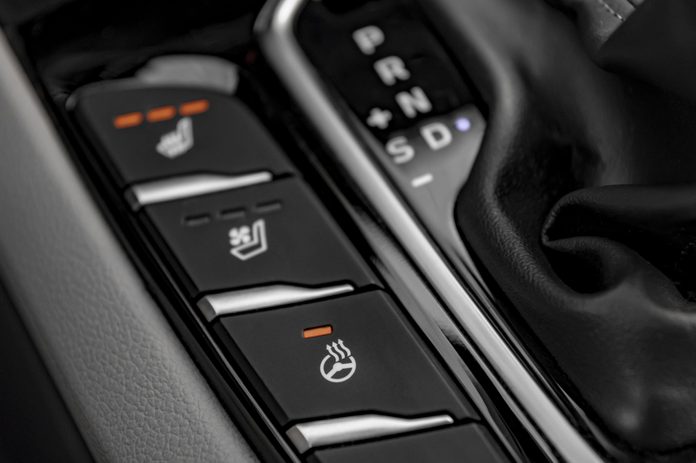
Heated steering wheels
Heated seats are a wonderful way to keep warm on a frosty morning, but if you’ve been scraping snow or ice from your windscreen, your fingers are likely numb. But most new cars have a big touchscreen on the dash to control the stereo and sometimes even the air temperature—and these touchscreens don’t always work well with gloved hands.
A heated steering wheel is a marvelous way to keep your hands toasty—a heating element under the steering wheel covering will gently but quickly warm up with a touch of a button, thawing your digits promptly. Look for a button either on the steering wheel itself, or near the seat heater controls.
Next, learn when exactly you should use your high beams when driving.